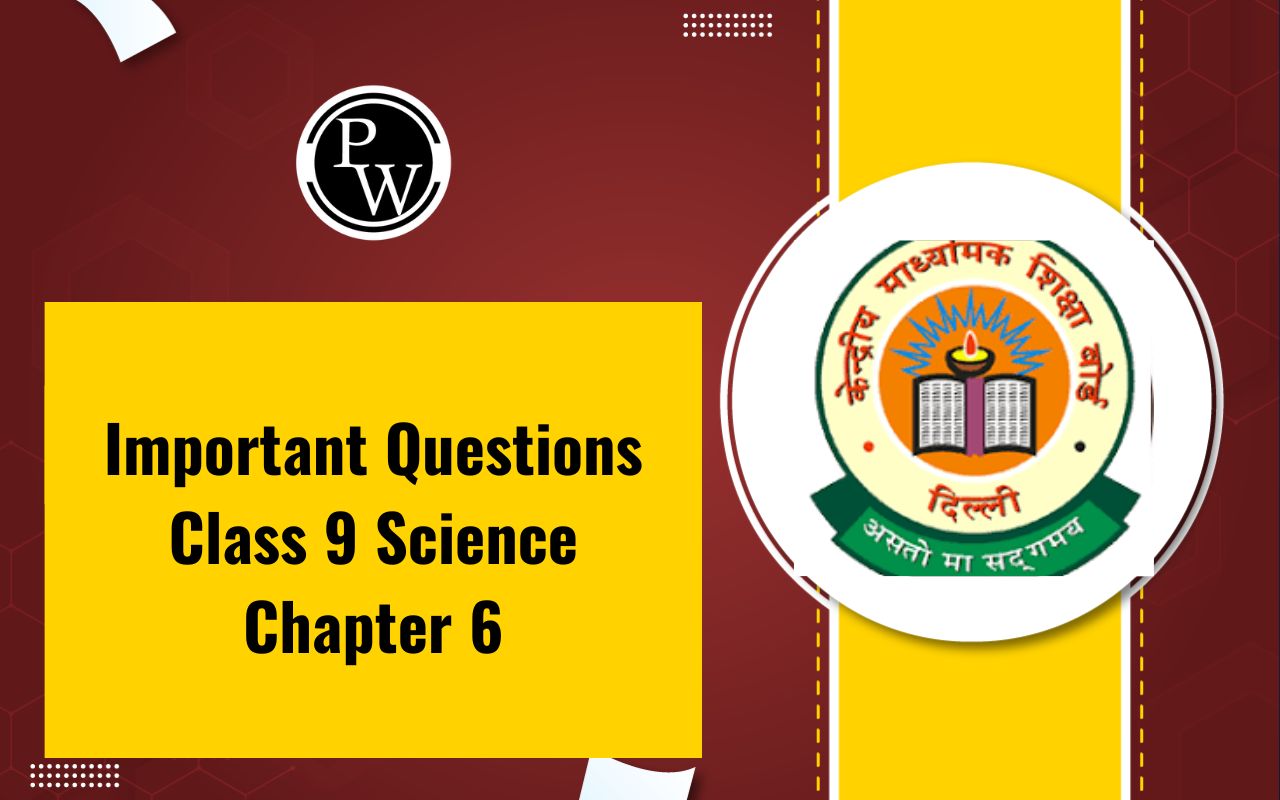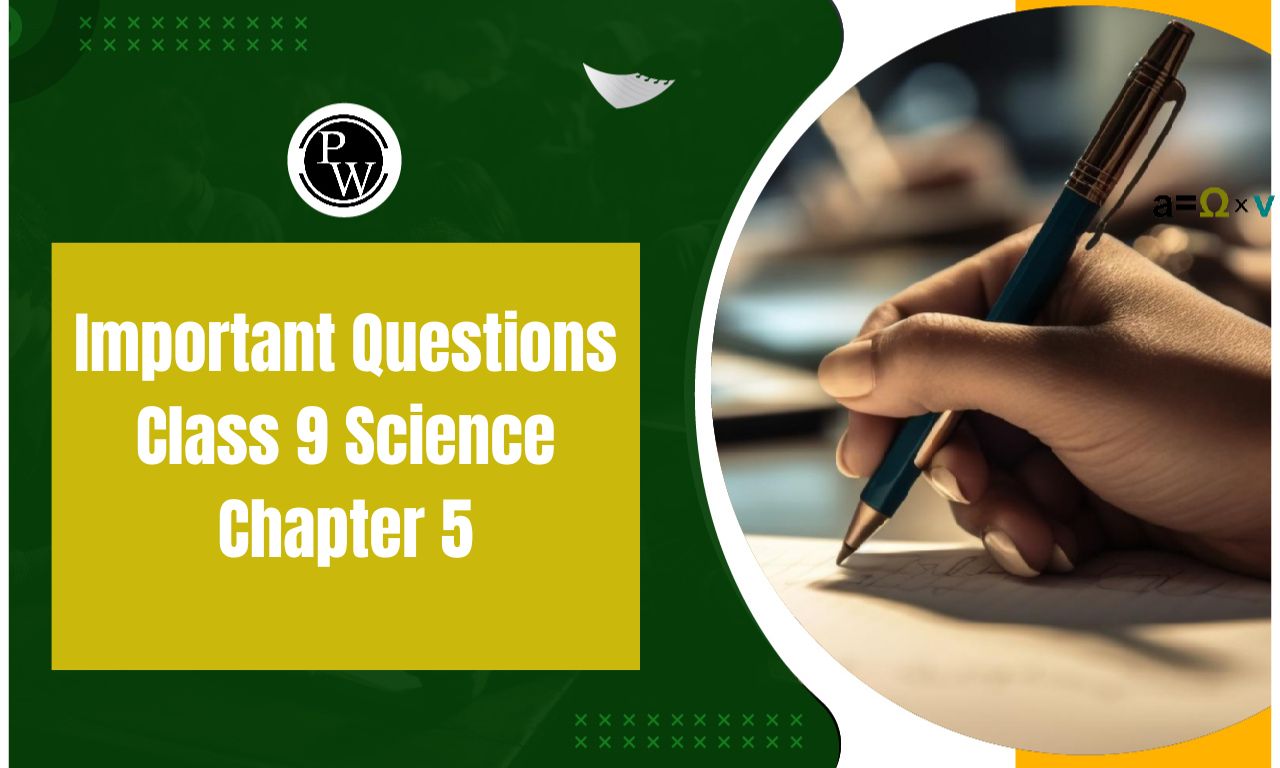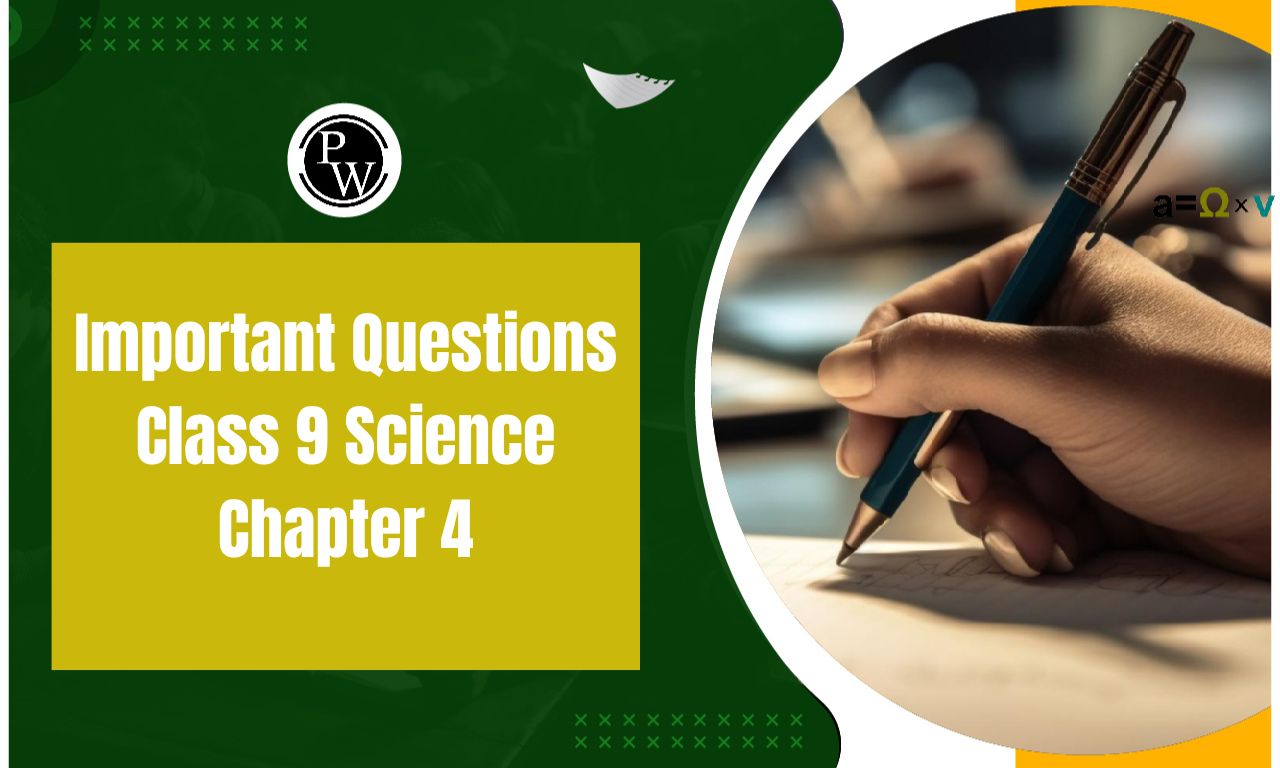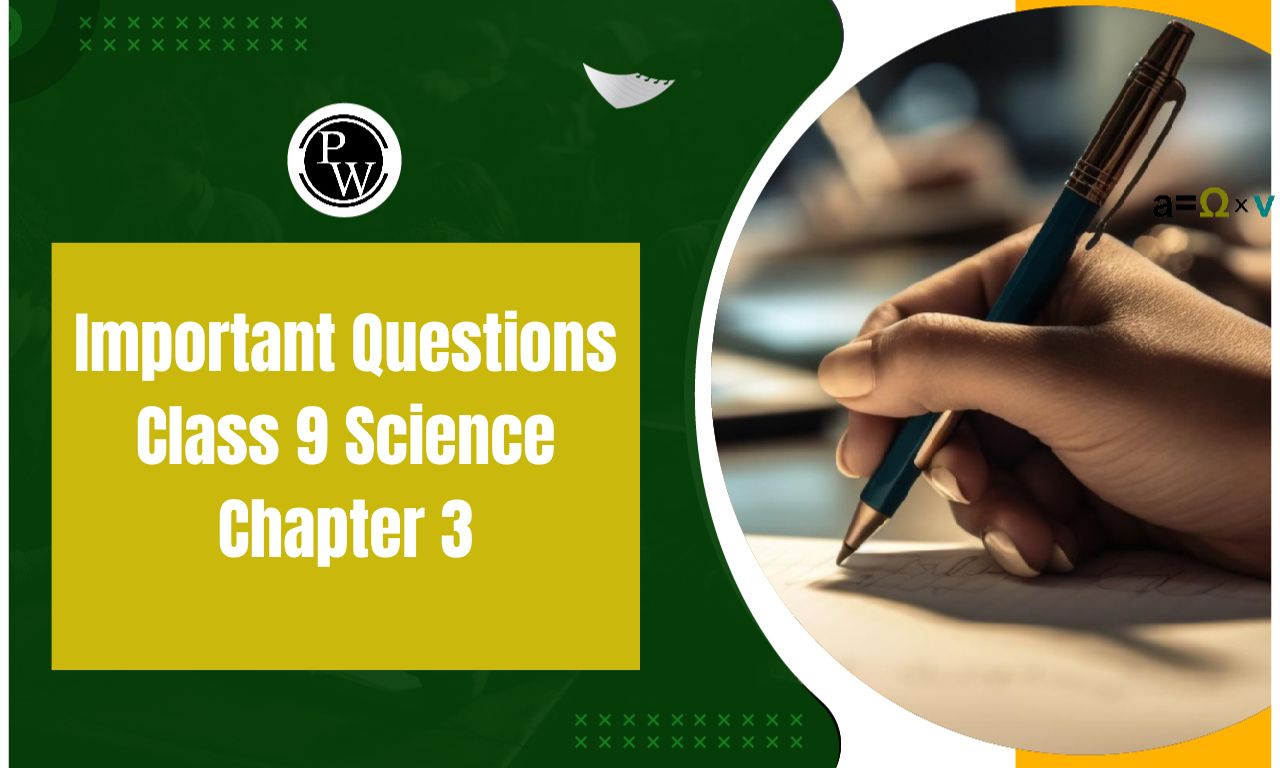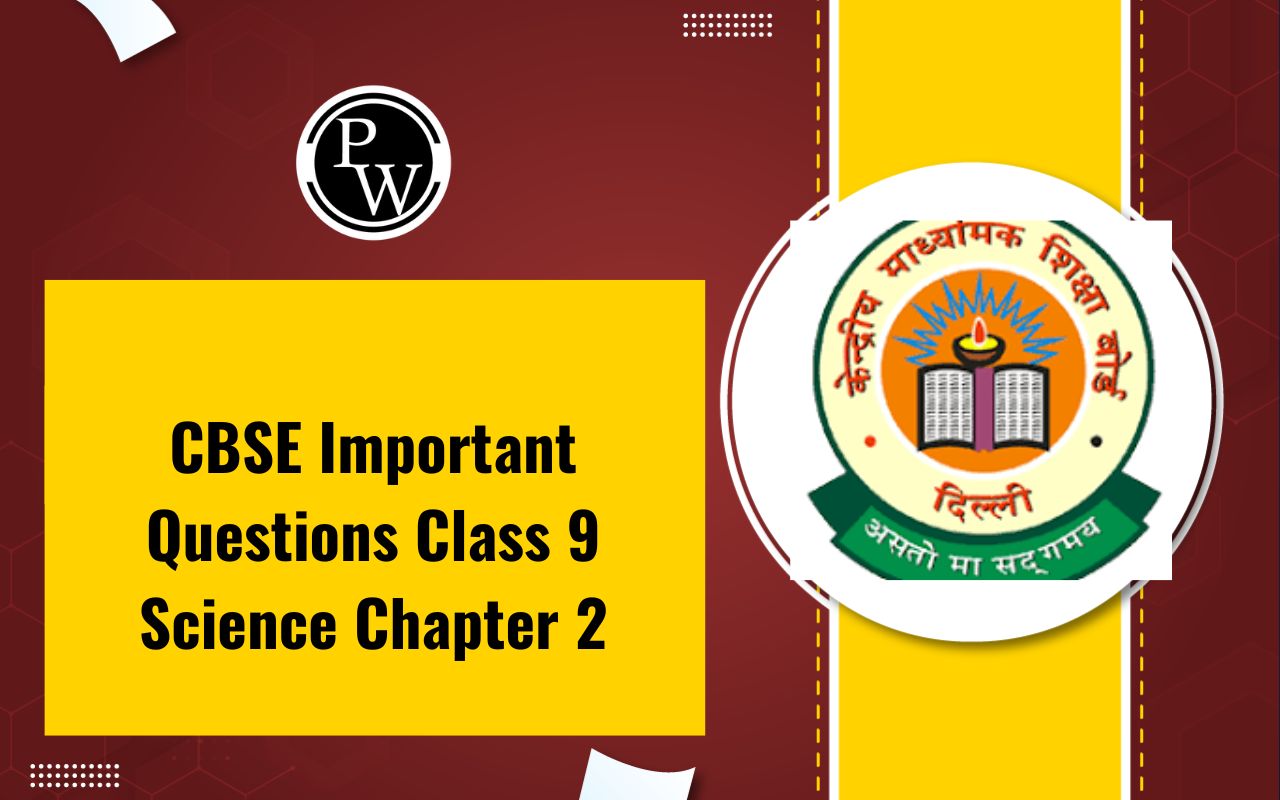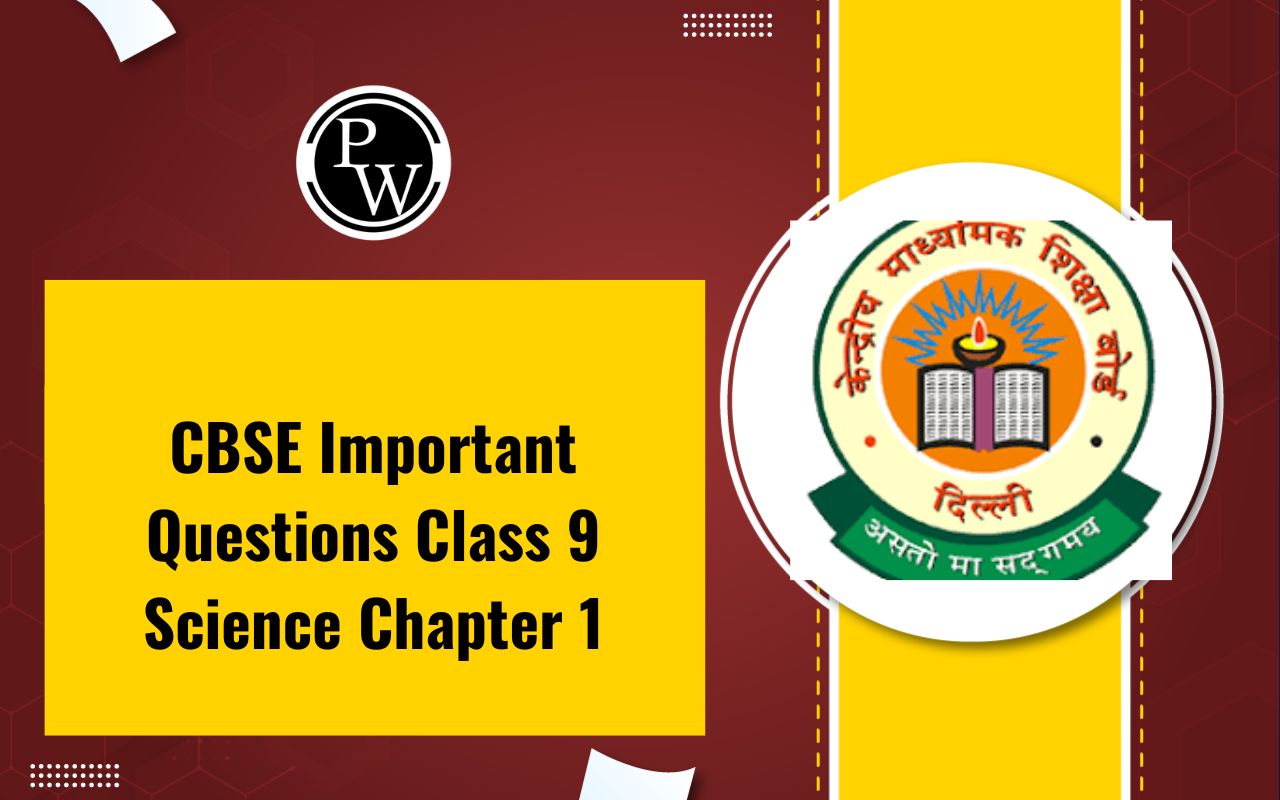
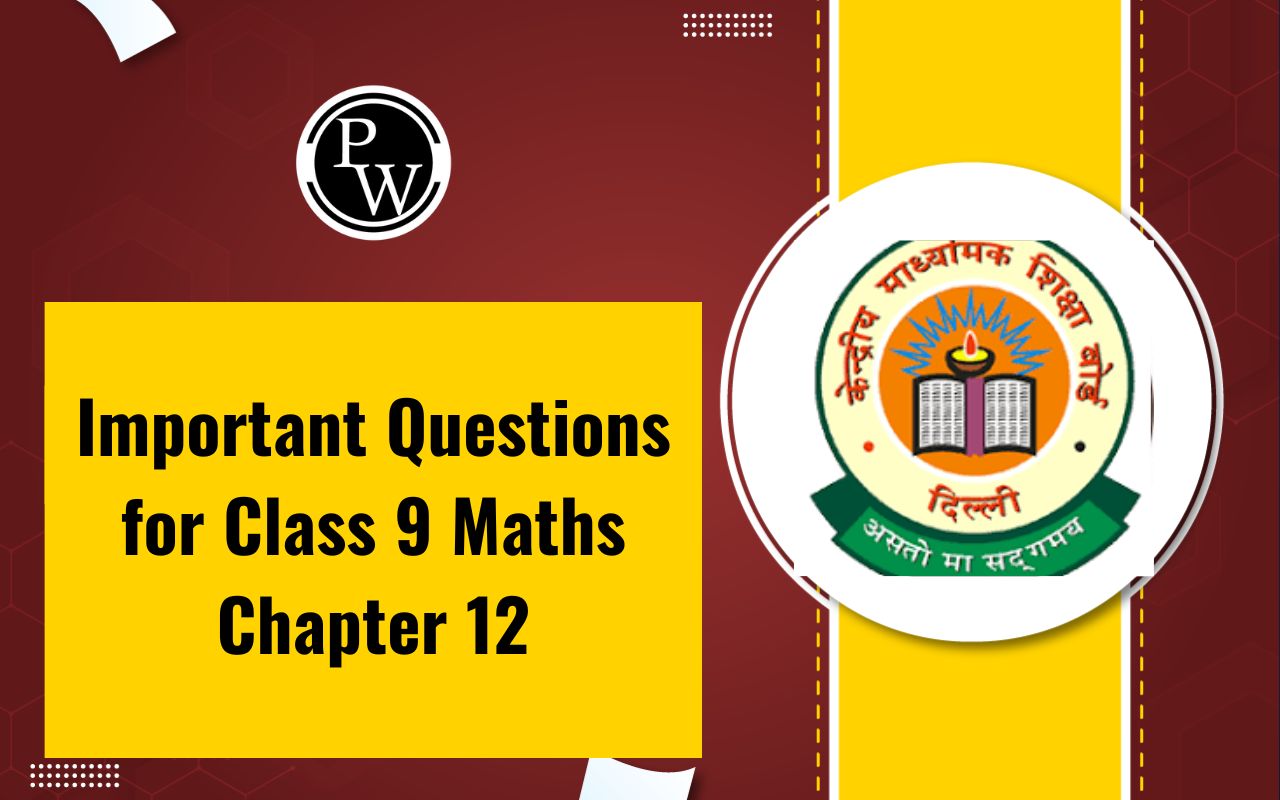
Important Questions for Class 9 Maths Chapter 12: Here are the Important Questions for Class 9 Maths Chapter 12 Heron's Formula focus on the application of the formula to find the area of triangles when the lengths of all three sides are known.
Practicing these important questions helps students develop problem-solving skills and enhances their ability to apply the formula in various contexts. Working through these problems prepares students for exams by familiarizing them with different types of questions related to Heron's Formula ensuring a solid grasp of the concepts involved.Class 9 Maths Chapter 12 Important Question Answers
Important Questions for Class 9 Maths Chapter 12 PDF
The PDF link for Important Questions for Class 9 Maths Chapter 12 Heron's Formula is available below. By accessing the PDF students can conveniently review a variety of problems that reinforce their understanding of how to calculate the area of triangles using this formula. It is a valuable resource for enhancing exam preparation and boosting confidence in tackling related mathematical challenges.Important Questions for Class 9 Maths Chapter 12 PDF
Class 9 Maths Chapter 12 Heron's Formula Important Questions
Below we have provided Important Questions with Solutions for CBSE Class 9 Maths Chapter 12 Heron's Formula-Q.1: Find the area of a triangle whose two sides are 18 cm and 10 cm and the perimeter is 42cm.
Solution: Assume that the third side of the triangle to be “x”. Now, the three sides of the triangle are 18 cm, 10 cm, and “x” cm It is given that the perimeter of the triangle = 42cm So, x = 42 – (18 + 10) cm = 14 cm ∴ The semi perimeter of triangle = 42/2 = 21 cm Using Heron’s formula, Area of the triangle, = √[s (s-a) (s-b) (s-c)] = √[21(21 – 18) (21 – 10) (21 – 14)] cm 2 = √[21 × 3 × 11 × 7] m 2 = 21√11 cm 2Q.2: The sides of a triangle are in the ratio of 12: 17: 25 and its perimeter is 540cm. Find its area.
Solution: The ratio of the sides of the triangle is given as 12: 17: 25 Now, let the common ratio between the sides of the triangle be “x” ∴ The sides are 12x, 17x and 25x It is also given that the perimeter of the triangle = 540 cm 12x + 17x + 25x = 540 cm => 54x = 540cm So, x = 10 Now, the sides of the triangle are 120 cm, 170 cm, 250 cm. So, the semi perimeter of the triangle (s) = 540/2 = 270 cm Using Heron’s formula, Area of the triangle = 9000 cm 2
= 9000 cm 2
Q.3: A field is in the shape of a trapezium whose parallel sides are 25 m and 10 m. The non-parallel sides are 14 m and 13 m. Find the area of the field.
Solution: First, draw a line segment BE parallel to the line AD. Then, from B, draw a perpendicular on the line segment CD. Now, it can be seen that the quadrilateral ABED is a parallelogram. So, AB = ED = 10 m AD = BE = 13 m EC = 25 – ED = 25 – 10 = 15 m Now, consider the triangle BEC, Its semi perimeter (s) = (13+ 14 + 15)/2 = 21 m By using Heron’s formula, Area of ΔBEC =
Now, it can be seen that the quadrilateral ABED is a parallelogram. So, AB = ED = 10 m AD = BE = 13 m EC = 25 – ED = 25 – 10 = 15 m Now, consider the triangle BEC, Its semi perimeter (s) = (13+ 14 + 15)/2 = 21 m By using Heron’s formula, Area of ΔBEC =  = 84 m 2 We also know that the area of ΔBEC = (½) × CE × BF 84 cm 2 = (½) × 15 × BF => BF = (168/15) cm = 11.2 cm So, the total area of ABED will be BF × DE, i.e. 11.2 × 10 = 112 m 2 ∴ Area of the field = 84 + 112 = 196 m 2
= 84 m 2 We also know that the area of ΔBEC = (½) × CE × BF 84 cm 2 = (½) × 15 × BF => BF = (168/15) cm = 11.2 cm So, the total area of ABED will be BF × DE, i.e. 11.2 × 10 = 112 m 2 ∴ Area of the field = 84 + 112 = 196 m 2
Q.4: A rhombus-shaped field has green grass for 18 cows to graze. If each side of the rhombus is 30 m and its longer diagonal is 48 m, how much area of grass field will each cow be getting?
Solution: Draw a rhombus-shaped field first with the vertices as ABCD. The diagonal AC divides the rhombus into two congruent triangles which are having equal areas. The diagram is as follows. Consider the triangle BCD, Its semi-perimeter = (48 + 30 + 30)/2 m = 54 m Using Heron’s formula, Area of the ΔBCD =
Consider the triangle BCD, Its semi-perimeter = (48 + 30 + 30)/2 m = 54 m Using Heron’s formula, Area of the ΔBCD =  = 432 m 2 ∴ Area of field = 2 × area of the ΔBCD = (2 × 432) m 2 = 864 m 2 Thus, the area of the grass field that each cow will be getting = (864/18) m 2 = 48 m 2
= 432 m 2 ∴ Area of field = 2 × area of the ΔBCD = (2 × 432) m 2 = 864 m 2 Thus, the area of the grass field that each cow will be getting = (864/18) m 2 = 48 m 2
Q.5: Find the cost of laying grass in a triangular field of sides 50 m, 65 m and 65 m at the rate of Rs 7 per m 2 .
Solution: According to the question, Sides of the triangular field are 50 m, 65 m and 65 m. Cost of laying grass in a triangular field = Rs 7 per m2 Let a = 50, b = 65, c = 65 s = (a + b + c)/2 ⇒ s = (50 + 65 + 65)/2 = 180/2 = 90. Area of triangle = √(s(s-a)(s-b)(s-c)) = √(90(90-50)(90-65)(90-65)) = √(90×40×25×25) = 1500m 2 Cost of laying grass = Area of triangle ×Cost per m 2 = 1500×7 = Rs.10500Q.6: The perimeter of an isosceles triangle is 32 cm. The ratio of the equal side to its base is 3: 2. Find the area of the triangle.
Solution: According to the question, The perimeter of the isosceles triangle = 32 cm It is also given that, Ratio of equal side to base = 3 : 2 Let the equal side = 3x So, base = 2x Perimeter of the triangle = 32 ⇒ 3x + 3x + 2x = 32 ⇒ 8x = 32 ⇒ x = 4. Equal side = 3x = 3×4 = 12 Base = 2x = 2×4 = 8 The sides of the triangle = 12cm, 12cm and 8cm. Let a = 12, b = 12, c = 8 s = (a + b + c)/2 ⇒ s = (12 + 12 + 8)/2 = 32/2 = 16. Area of the triangle = √(s(s-a)(s-b)(s-c)) = √(16(16-12)(16-12)(16-8)) = √(16×4×4×8) = 32√2 cm 2Q.7: How much paper of each shade is needed to make a kite given in the figure, in which ABCD is a square with diagonal 44 cm.
 Solution: According to the figure, AC = BD = 44cm AO = 44/2 = 22cm BO = 44/2 = 22cm From ΔAOB, AB 2 = AO 2 + BO 2 ⇒ AB 2 = 22 2 + 22 2 ⇒ AB 2 = 2 × 22 2 ⇒ AB = 22√2 cm Area of square = (Side) 2 = (22√2) 2 = 968 cm 2 Area of each triangle (I, II, III, IV) = Area of square /4 = 968 /4 = 242 cm 2 To find area of lower triangle, Let a = 20, b = 20, c = 14 s = (a + b + c)/2 ⇒ s = (20 + 20 + 14)/2 = 54/2 = 27. Area of the triangle = √[s(s-a)(s-b)(s-c)] = √[27(27-20)(27-20)(27-14)] = √[27×7×7×13] = 131.14 cm 2 Therefore, We get, Area of Red = Area of IV = 242 cm 2 Area of Yellow = Area of I + Area of II = 242 + 242 = 484 cm 2 Area of Green = Area of III + Area of the lower triangle = 242 + 131.14 = 373.14 cm 2
Solution: According to the figure, AC = BD = 44cm AO = 44/2 = 22cm BO = 44/2 = 22cm From ΔAOB, AB 2 = AO 2 + BO 2 ⇒ AB 2 = 22 2 + 22 2 ⇒ AB 2 = 2 × 22 2 ⇒ AB = 22√2 cm Area of square = (Side) 2 = (22√2) 2 = 968 cm 2 Area of each triangle (I, II, III, IV) = Area of square /4 = 968 /4 = 242 cm 2 To find area of lower triangle, Let a = 20, b = 20, c = 14 s = (a + b + c)/2 ⇒ s = (20 + 20 + 14)/2 = 54/2 = 27. Area of the triangle = √[s(s-a)(s-b)(s-c)] = √[27(27-20)(27-20)(27-14)] = √[27×7×7×13] = 131.14 cm 2 Therefore, We get, Area of Red = Area of IV = 242 cm 2 Area of Yellow = Area of I + Area of II = 242 + 242 = 484 cm 2 Area of Green = Area of III + Area of the lower triangle = 242 + 131.14 = 373.14 cm 2
Q.8: A rectangular plot is given for constructing a house, having a measurement of 40 m long and 15 m in the front. According to the laws, a minimum of 3 m, wide space should be left in the front and back each and 2 m wide space on each of other sides. Find the largest area where a house can be constructed.
Solution: Let the given rectangle be rectangle PQRS, According to the question, PQ = 40m and QR = 15m As 3m is left in both front and back, AB = PQ -3 -3 ⇒ AB = 40 -6 ⇒ AB = 34m Also, Given that 2m has to be left at both the sides, BC = QR -2 – 2 ⇒ BC = 15 -4 ⇒ BC = 11m Now, Area left for house construction is the area of ABCD. Hence, Area(ABCD) = AB × CD = 34 × 11 = 374 m 2
Let the given rectangle be rectangle PQRS, According to the question, PQ = 40m and QR = 15m As 3m is left in both front and back, AB = PQ -3 -3 ⇒ AB = 40 -6 ⇒ AB = 34m Also, Given that 2m has to be left at both the sides, BC = QR -2 – 2 ⇒ BC = 15 -4 ⇒ BC = 11m Now, Area left for house construction is the area of ABCD. Hence, Area(ABCD) = AB × CD = 34 × 11 = 374 m 2
Benefits of Practicicng Important Questions for Class 9 Maths Chapter 12
Practicing important questions for Class 9 Maths Chapter 12 on Heron's Formula provide several benefits for students:Deepened Understanding : Regular practice helps solidify the concepts related to Heron's Formula, enhancing students comprehension of how to calculate the area of triangles with given side lengths.
Boosted Confidence : Familiarity with important questions reduces anxiety and builds confidence, making students feel more prepared as they approach their exams.
Enhanced Exam Readiness : Focusing on important questions ensures that students are well-equipped for their exams, as these problems are similar to the types they will face in exams.Improved Time Management : Practicing with sample questions allows students to develop better time management skills helping them complete their exams within the allotted time effectively.
Important Questions for Class 9 Maths Chapter 12 FAQs
What is Heron’s Formula?
What do you mean by semi-perimeter?
Can Heron’s Formula be used for any triangle?
What if the sides of the triangle are not in a valid range?





